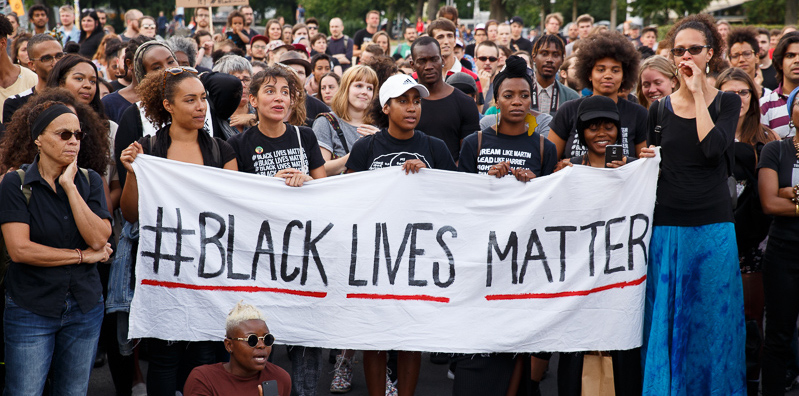
Frenemy Federalism
Read Full Article (PDF)
Frenemy Federalism
Federalism scholars have long been fascinated by the unique relationship between the federal government and states that have legalized marijuana. And with good reason. For the past fifty years, Congress has classified marijuana as a Schedule I drug under the federal Controlled Substances Act (“CSA”), deeming the drug to have a high potential for abuse and no accepted medical use. Congress’s aim in establishing Schedule I of the CSA was to “eliminate the market in Schedule I substances.” Thus, possessing, distributing, and manufacturing marijuana are federally illegal. Congress’s objective notwithstanding, over two-thirds of the states (and territories) have legalized marijuana for medical or recreational purposes. And, for the most part, the CSA does not preempt state laws legalizing marijuana. This creates a potentially volatile situation in which the substance is contraband under federal law but is legal under perfectly valid state laws.
Scott Bloomberg, Associate Professor of Law, University of Maine School of Law.





